Ford Fanatic Pays Homage to Shelby Mustang Race Car He Loved and Lost
This Ford fanatic found, restored and ultimately lost a Shelby Mustang race car. Today, his ride pays homage to that very special machine.
Phil Jacobs is a Ford guy. A one-time dealer tech, he proved outstanding in that role, so Ford brought him into the mother ship to answer service and repair questions for dealer mechanics nationwide. He has a particular fondness for Mustangs and has owned several, including a 2006 Mustang GT that is the current object of his affection.
That Mustang GT stands out in a crowd. Sure, it’s a pretty red car in pristine condition, but that’s not what draws your attention. Rather it’s the car’s dressage, a near-perfect livery of the Shelby Trans-Am Mustang in which Jerry Titus won his class at the 1968 24 Hours of Daytona. Why? The simple answer is that the ’06 Mustang’s graphics are meant to honor Titus, the Trans-Am Mustangs of the late ’60, and, most importantly, a very special Shelby Trans-Am race car that Jacobs will never forget.
Titus was a journalist who had shown promise behind the wheel of several race cars when Carroll Shelby offered him a place on his SCCA National Championship Trans-Am team. I can attest that those kinds of offers seldom come to those of us who wield the pen. But Titus quickly proved his worth, winning the Trans-Am series driver championships in ’66 and ’67 while helping clinch the manufacturer’s championship for Ford in that second season.
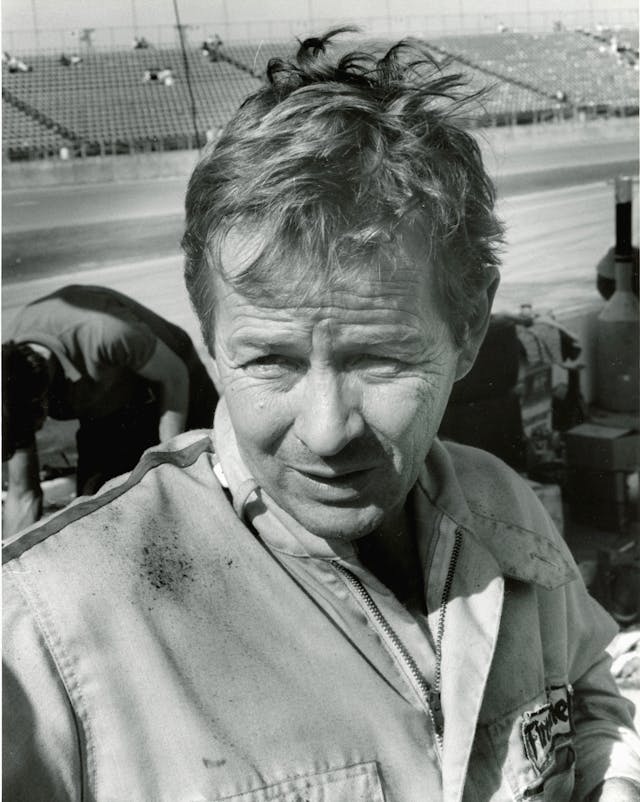
Titus’s successful ’67 season made him solidly number one on the ’68 Shelby Terlingua Racing Team, and, along with his co-driver, he began the campaign with a class win at the 24 Hours of Daytona. A big number 1 on the door would later identify his red Mustang as the car to beat. A second Shelby Trans-Am Mustang was prepped for Horst Kweck and various name racers who opted in for a single event or more. Ford provided a third Mustang for the Shelby team, but it was never raced and probably never fully prepped for battle. Instead, it gathered dust in the Shelby garage.
The Shelby team suffered multiple engine failures and a rash of DNFs during the ’68 season. According to Jacobs and other sources, the engine failures were largely the result of Ford’s insistence that the race car engines could only be built at company headquarters in Dearborn. In ’66 and ’67, the Shelby team had developed its own engines. To further complicate things, the ’68 engines were a new design that used tunnel-port heads similar to those used on the big-displacement NASCAR engines, and they initially proved difficult to tune. With the lack of team control over assembly, and problems dialing in the tunnel-port engines, the results were disastrous.
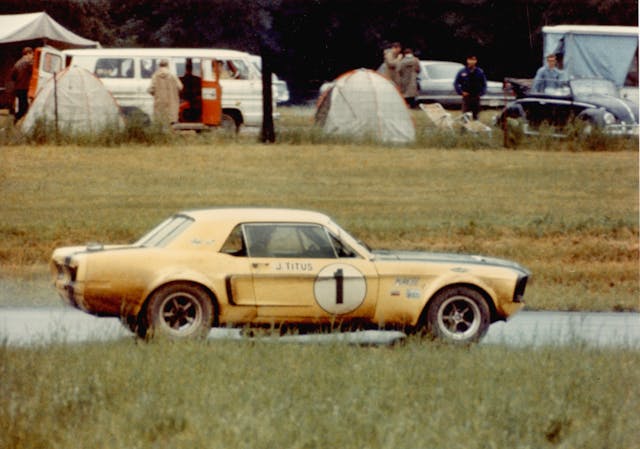
By the end of the season, with no Mustang championship in sight, Titus jumped ship and signed on with the Pontiac Firebird team. He saw some success in ’69, once again winning his class at Daytona but again frequently failing to finish. He was tragically killed in an accident while practicing for the 1970 Road America Trans-Am race.
Jacobs was still a youngster when Ford dominated Trans-Am early on, but he was old enough to relish their success. With a passion for Mustangs, he bought his first, a ’71 Mach 1, shortly before starting as a Ford dealer repair technician in 1977. He put his mechanical skills to work on that Mustang and had it running 12-second elapsed times at the Milan, Michigan dragstrip. But he was a road racer at heart and longed to take to the track in a car like those his heroes drove in the late ’60s.
Meanwhile, the third ’68 Shelby Mustang Trans-Am, the one that had never seen a racetrack, was passed from one owner to another. Shelby first sold it to an independent Trans-Am racer by the name of Bill Pendleton. Before Pendleton could prep the car for competition, he signed on with a race team and sold the unfinished car. In subsequent years, it apparently went from one owner to the next, all planning to complete it but never succeeding. After nearly 20 years of foster care, it went to John Hancock, an Oregon enthusiast.
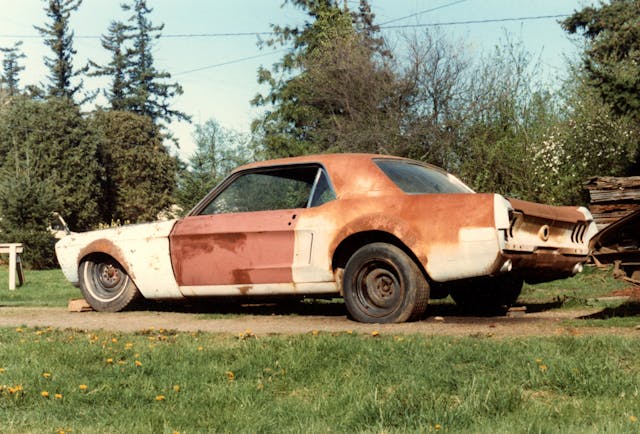
Hancock knew he had what was likely a historic automobile but was unable to document it to the satisfaction of the Shelby American Automobile Club (SAAC). At the time, the club, which was founded in 1976, had yet to develop a comprehensive registry. Frustrated, Hancock decided to sell it. Jacobs heard of the car through his Ford connections and suspected it was truly one of the Shelby race cars. In one of the great automotive bargains of all time, he purchased the rusting hulk for $1500 in 1987. The price for shipping it from the West Coast to Michigan was a hundred bucks more than the cost of the car.
With the bare bones of a Trans-Am Mustang in his garage, Jacobs went to work learning as much as he could about the Shelby race cars, traveling to swap meets to hunt for parts, calling former Shelby crew members, and more. To say he was thorough would be an understatement.
“I didn’t start working on the car until I had a full picture of exactly what an authentic ’68 Shelby Trans-Am Mustang should be,” said Jacobs.
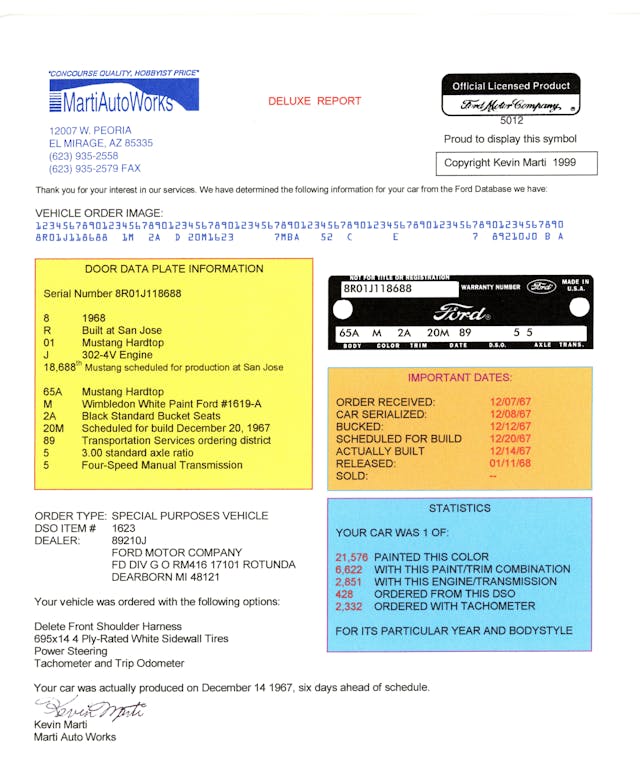
Several years of research provided that picture, and in 1990, he got to work. Some of the metalwork was completed by a respected restorer of Ford automobiles, but Jacobs did much of it himself. The finished car was exactly what it would have been in ’68 had the Shelby team completed it.
Jacobs was as particular about the powertrain as he was with the sheet metal and was able to obtain a tunnel-port 302 cubic-inch Ford engine that was a duplicate of those that the team struggled with in ’68, but he also built a standard-port engine, an identical copy of the ’67 version that had earned Ford and Titus a championship. That engine generated 442 horsepower and 372 lb-ft of torque, using only the hardware on which the Shelby team had relied. With more modern systems, the engine could have been more potent, but Jacobs is big on authenticity. Despite not having as much power as some vintage racers, he was still able to win four of the 12 vintage races he entered.
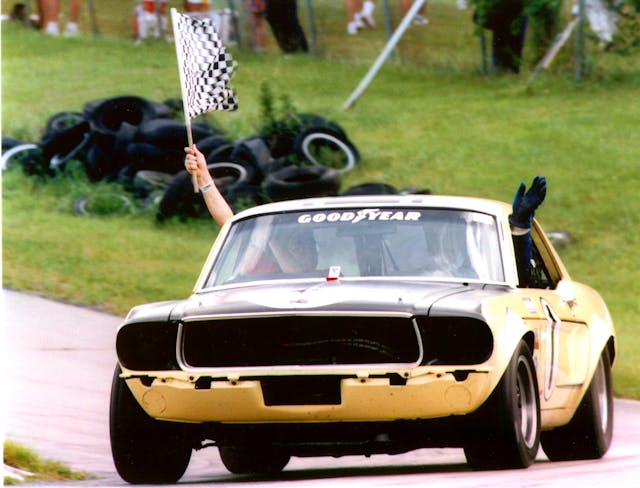
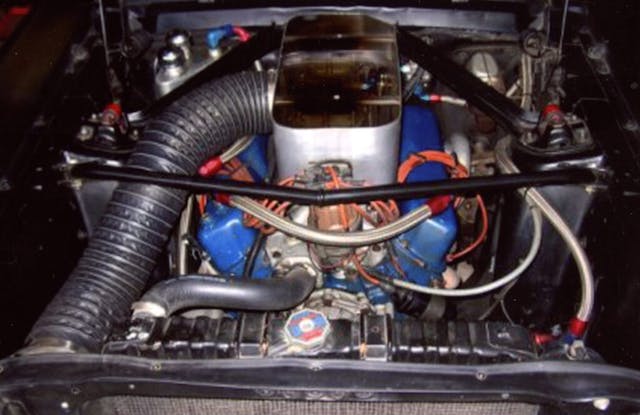
It wasn’t only Jacobs’ engine that was a copy of the one that took Titus to championships. The paint scheme and graphics were what Titus used as well. Although the ’68 car was red at Daytona, yellow was the predominant Shelby team color. Jacobs duplicated that yellow paint and made exact copies of all decals and trim.
Although completing the restoration was rewarding, authentication and affirmation were important to Jacobs as well. His extensive research and efforts to fully document the car finally paid off in full when SAAC acknowledged that the Jacobs Mustang was one of the three cars that Ford had provided for the Shelby race team.
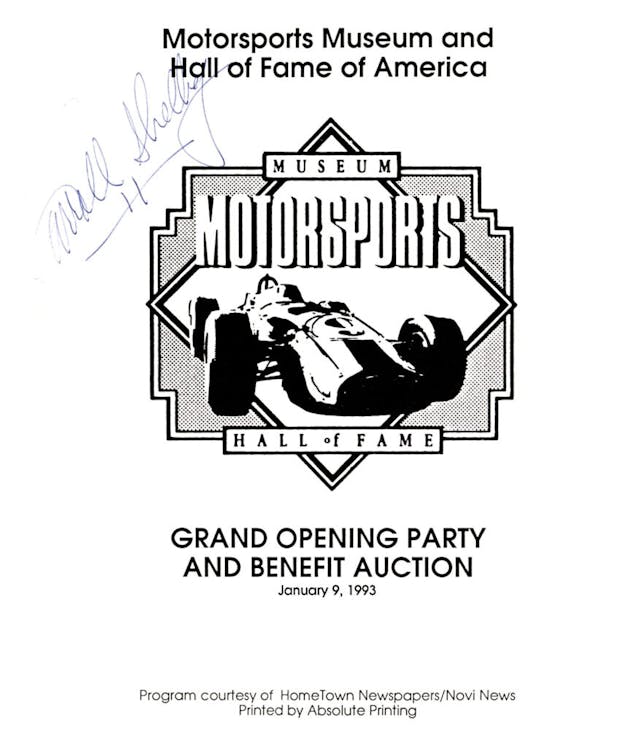
Jacobs continued to race the Shelby ‘Stang for 15 years, enjoying every minute of it. In a Trans-Am vintage race in Waterford, Michigan, he held the lead until the last lap when he braked late and ran off the track. Although he lost the overall battle, he got back on track in time to win his class. In a Shelby event at Tulsa, Oklahoma, he beat a big-block ’69 Mustang for the overall win. And in a mixed-field vintage race at Mid-Ohio, he was sparring with an L88 Corvette that would put bus lengths on the little Mustang in the straights, only to be passed in the corners. As Jacobs recalls, the Corvette owner was both distressed and impressed.
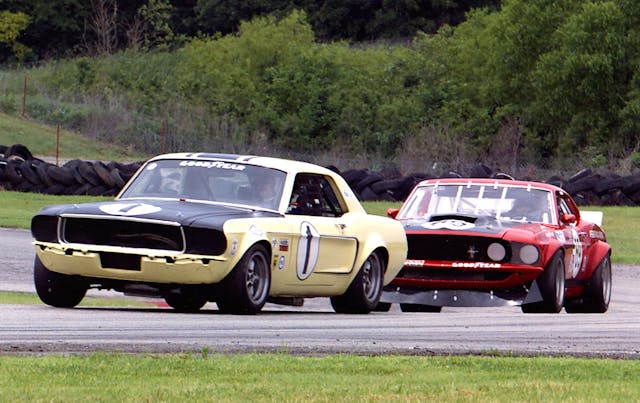
In 2005, divorce changed everything. Given Michigan’s divorce laws, the Shelby Trans-Am was community property. Without the funds needed to buy out his ex-wife, Jacobs was forced to sell the Shelby ‘Stang. It went for $125,000, a substantial amount thanks to the extensive provenance that Jacobs had developed and the authenticity of the car’s restoration. Had the Shelby team used the car in competition, it probably would have sold for twice that.
Jacobs missed his very special car but got on with his life and kept on smiling. “I was a mechanic,” he says. “I never had much, but the funds generated from the sale of the car enabled me to buy a house.”
In that house, he put together an elaborate race-themed man cave with many photos of his race car, hundreds of models, and a wealth of Ford racing memorabilia.
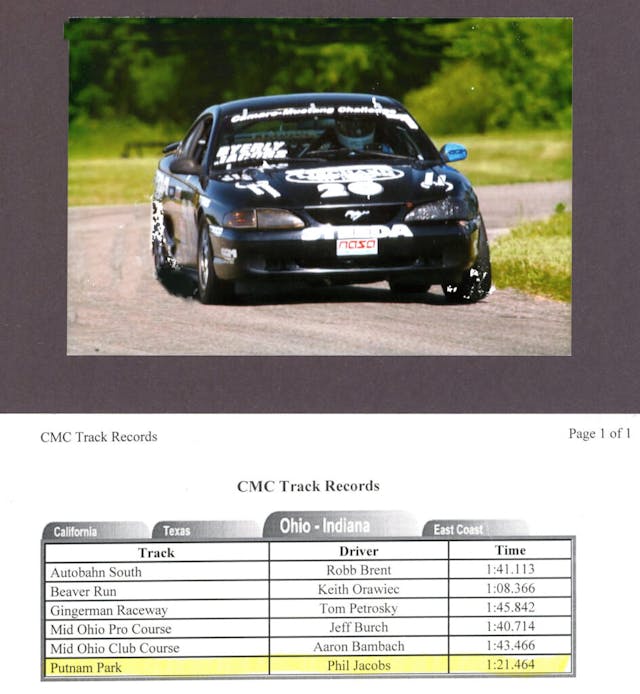
Although he was no longer the owner of a Shelby race car, Jacobs had developed a love of road racing, so he rented a spec ’95 Mustang GT race car from a friend and ran several Camaro Mustang Challenge races sanctioned by the National Auto Sport Association. At Indiana’s Putnam Park Road Course, he qualified number one and set a new lap record but was experiencing health issues and couldn’t continue.
Those health issues were revealed to be due to a cardiac problem that required surgery and left Jacobs ineligible for a competition license.
While he could no longer rub sheet metal on the racetrack, he bought the slightly used 2006 Mustang GT and dressed it in Titus livery. Jacobs was, and so remains, a committed Mustang lover.
But old racers rarely hang up their helmets for good. And they don’t have to, thanks to track days where one can enjoy the thrill of hitting the apex and roaring down the straightaway without serious risk. So, these days, Jacobs can be seen at track days throughout the Midwest, driving a beautiful red Mustang GT dressed in the livery of a car and driver long gone.
***
Check out the Hagerty Media homepage so you don’t miss a single story, or better yet, bookmark it. To get our best stories delivered right to your inbox, subscribe to our newsletters.
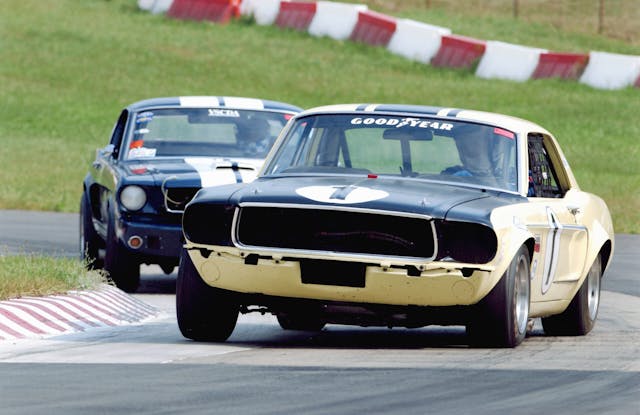
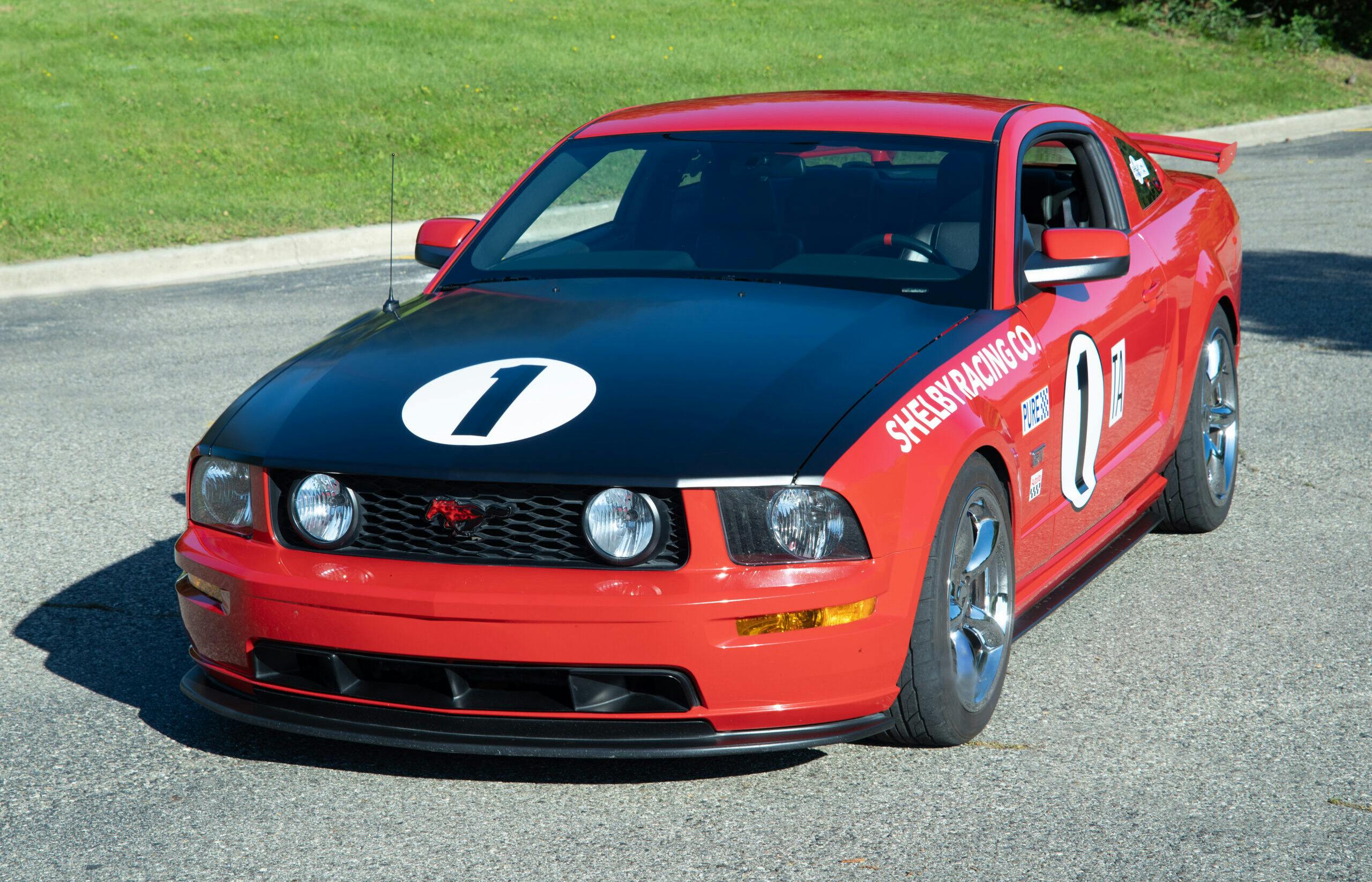
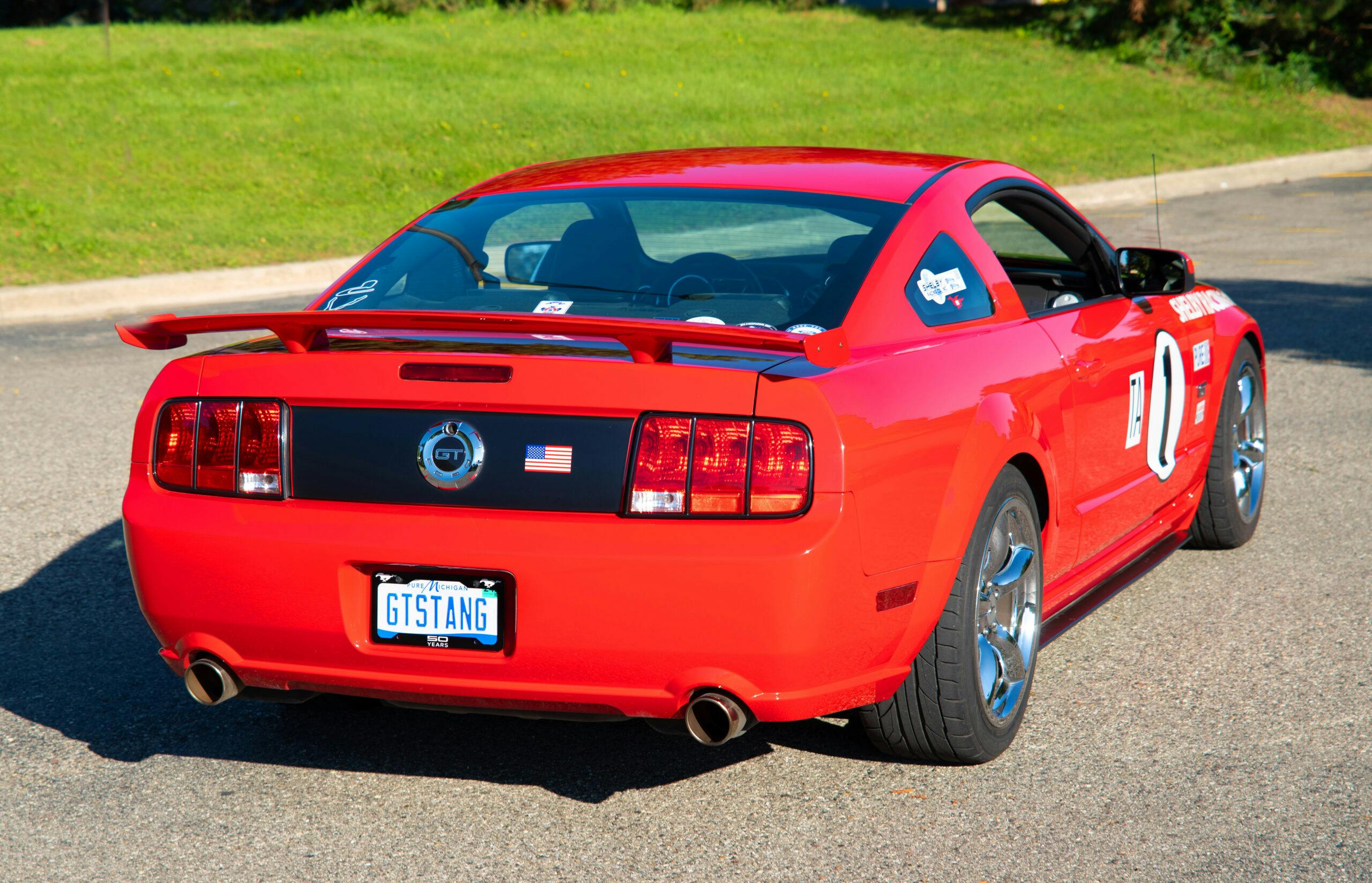

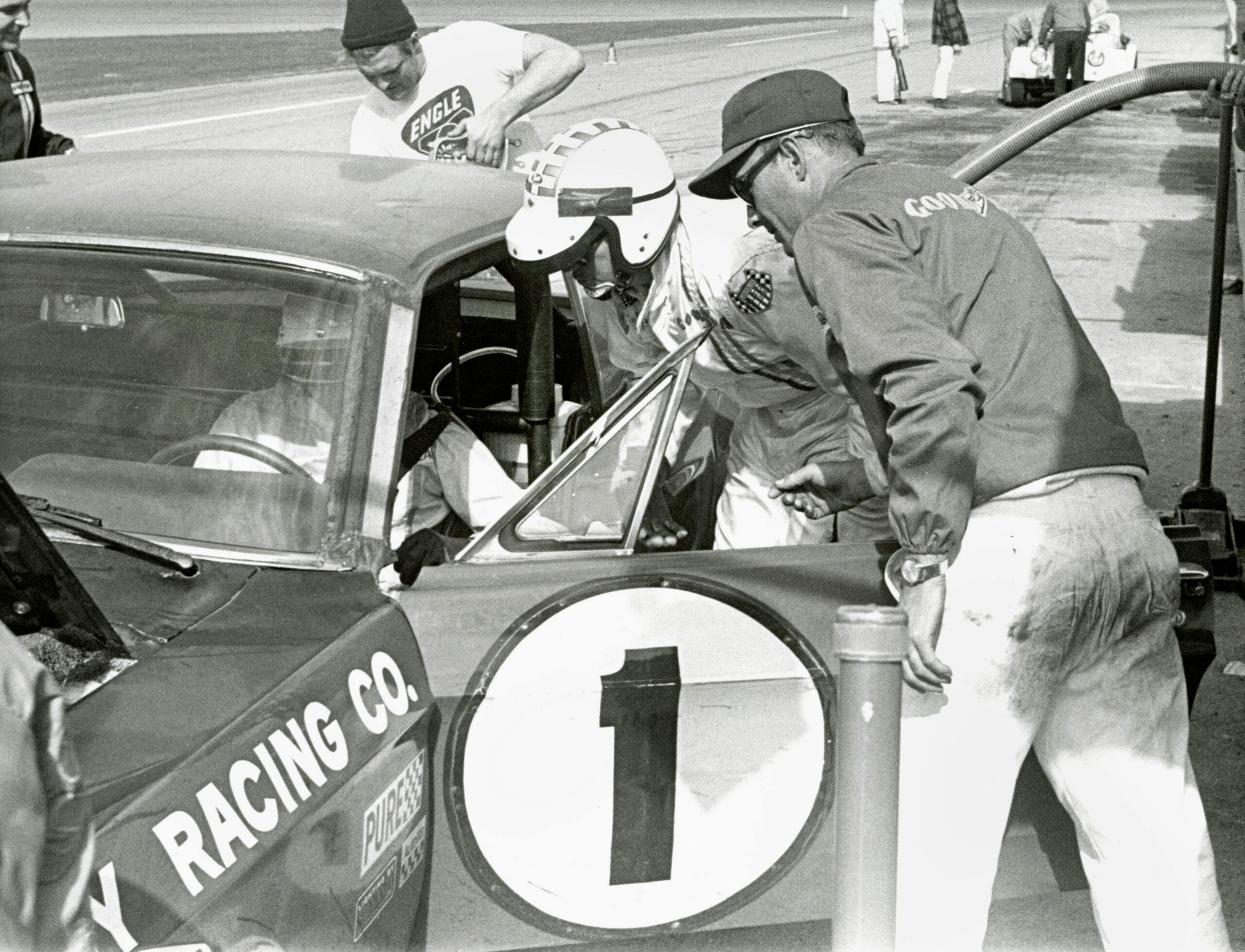
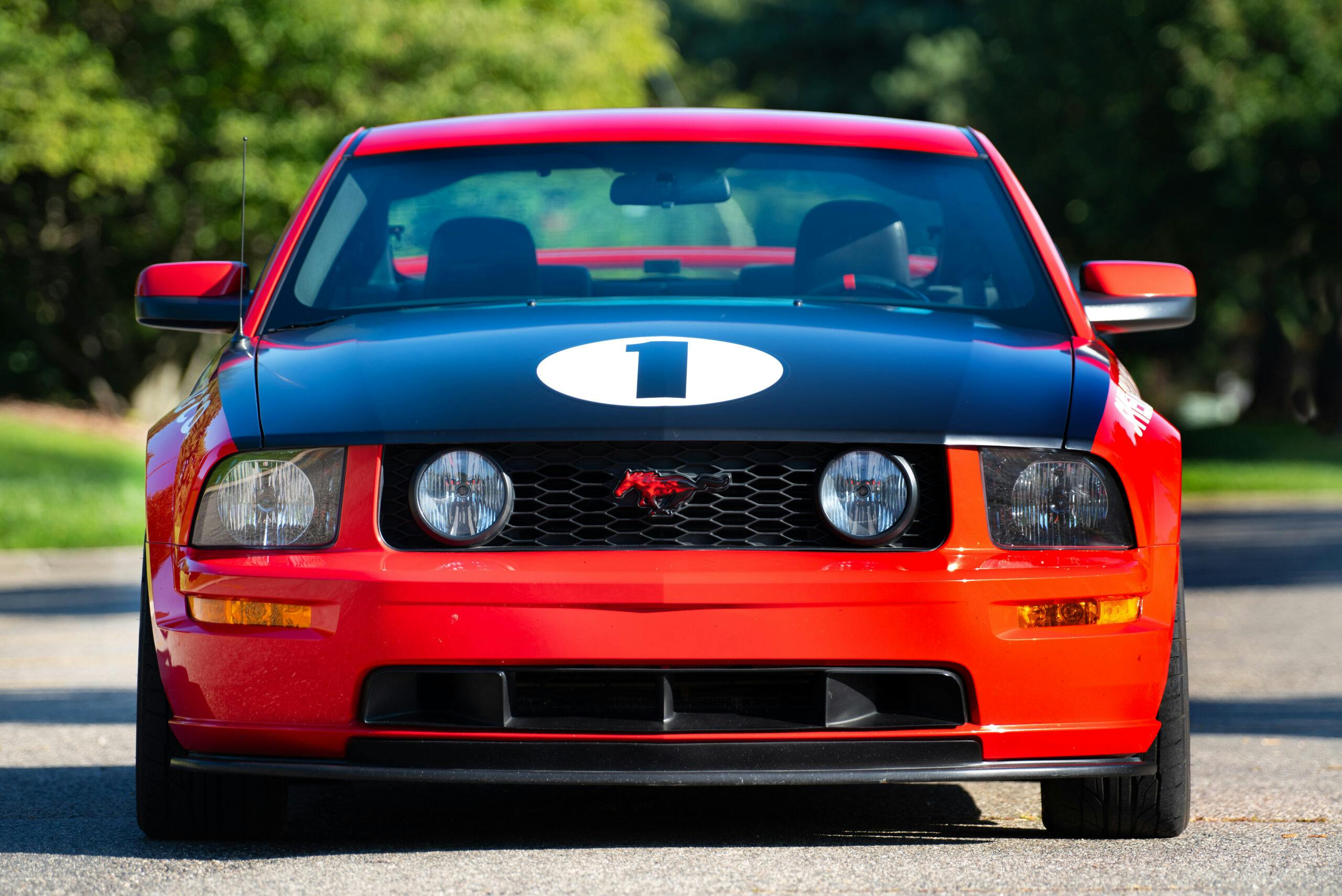



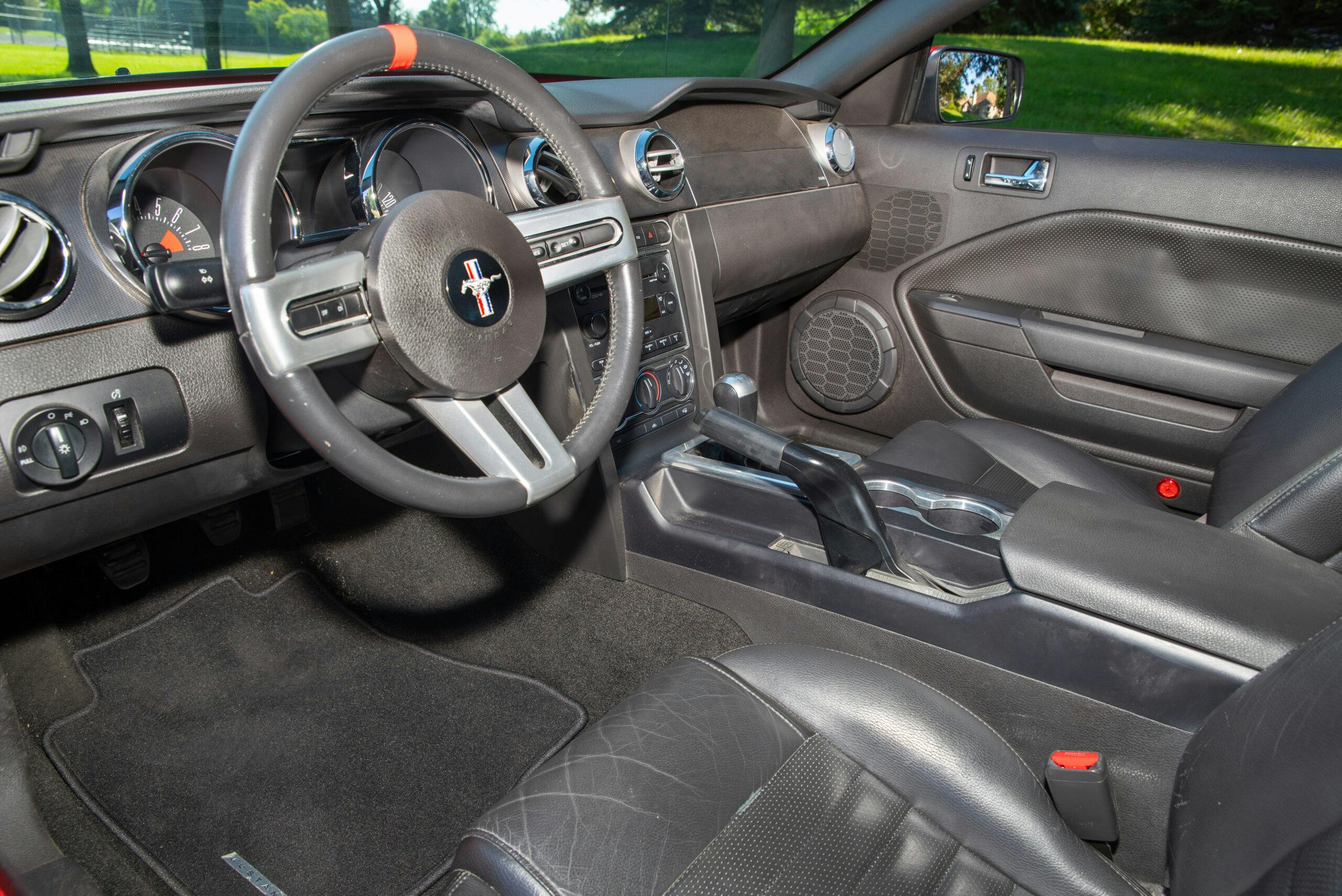
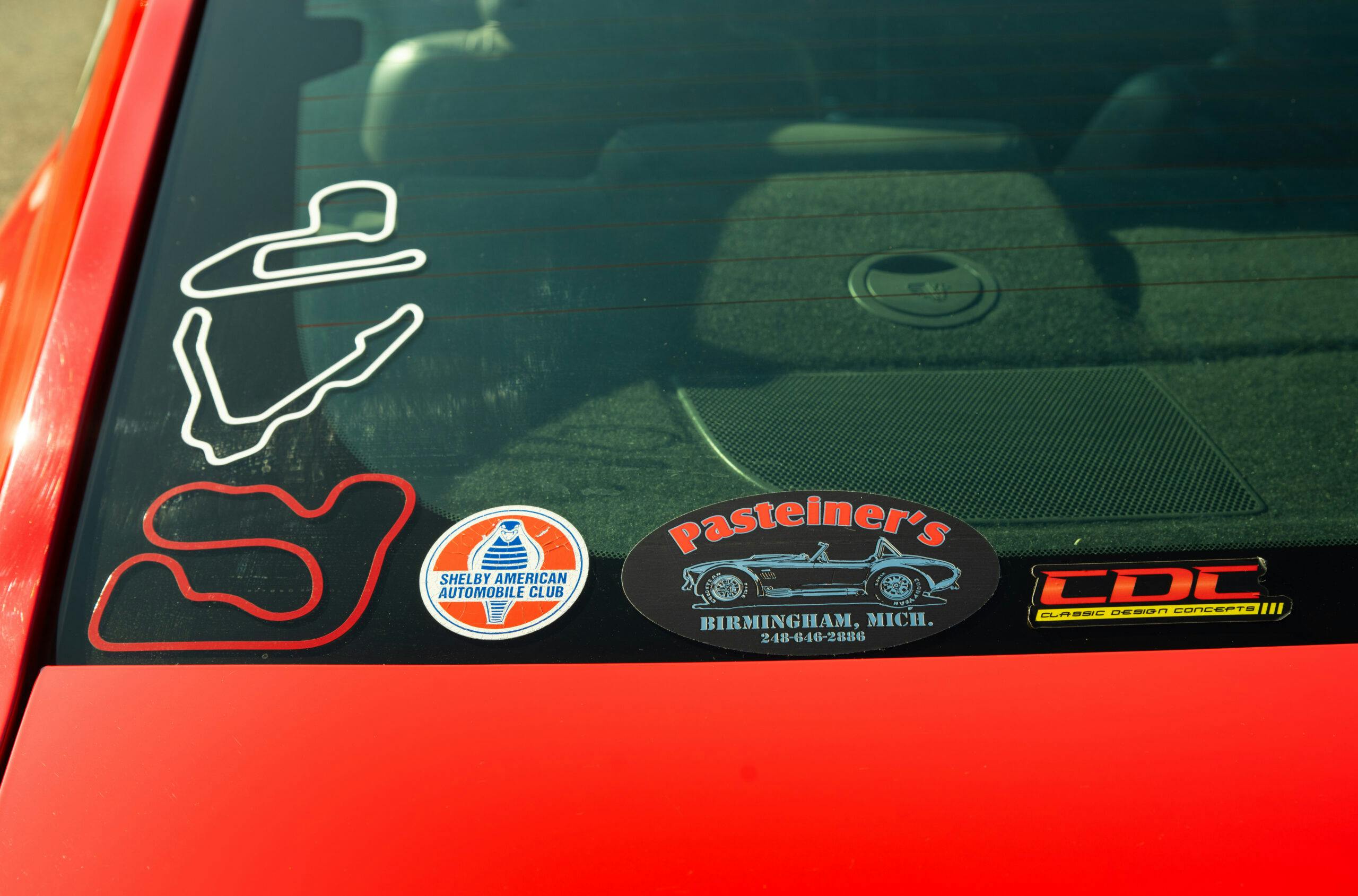
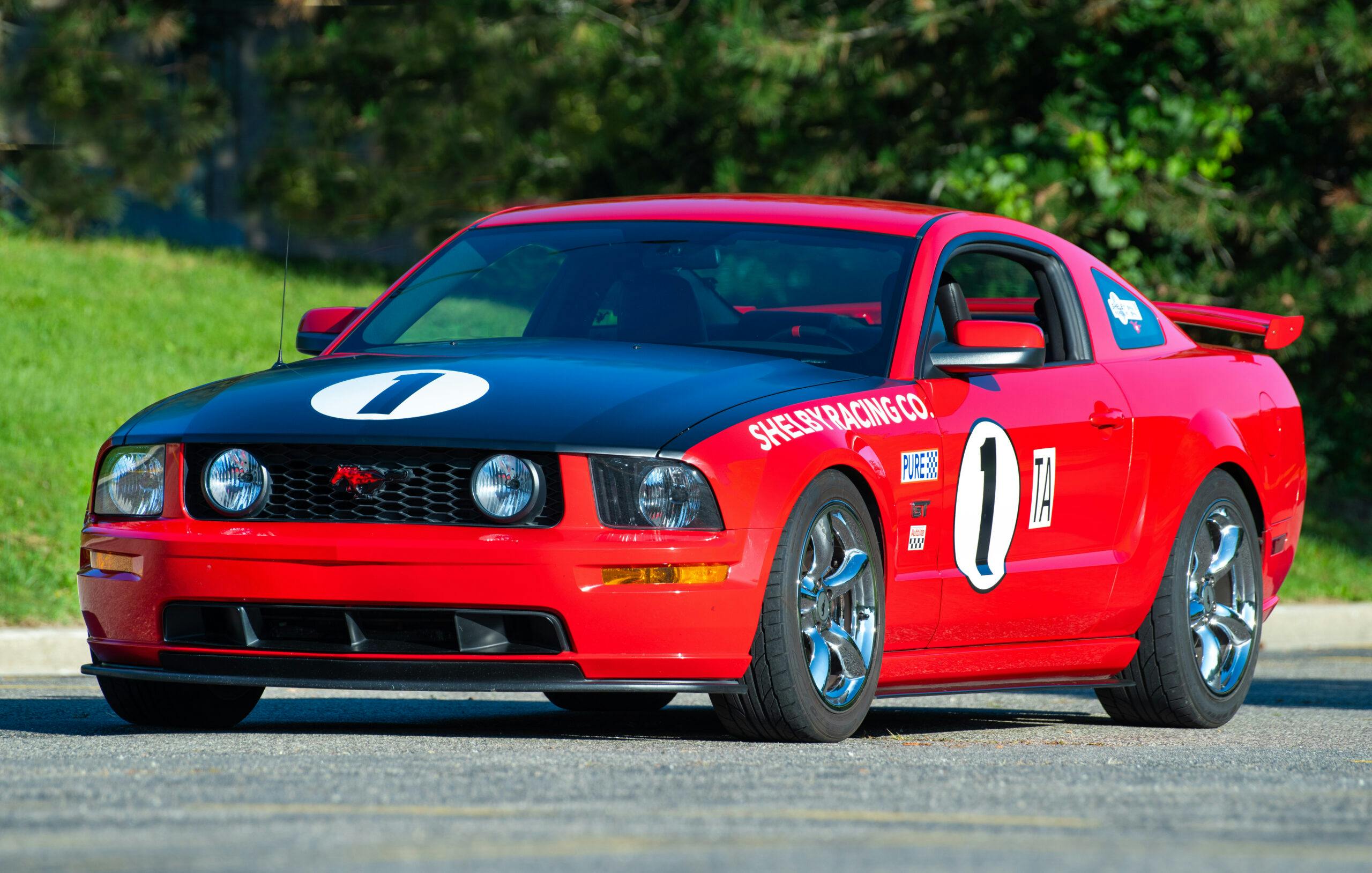


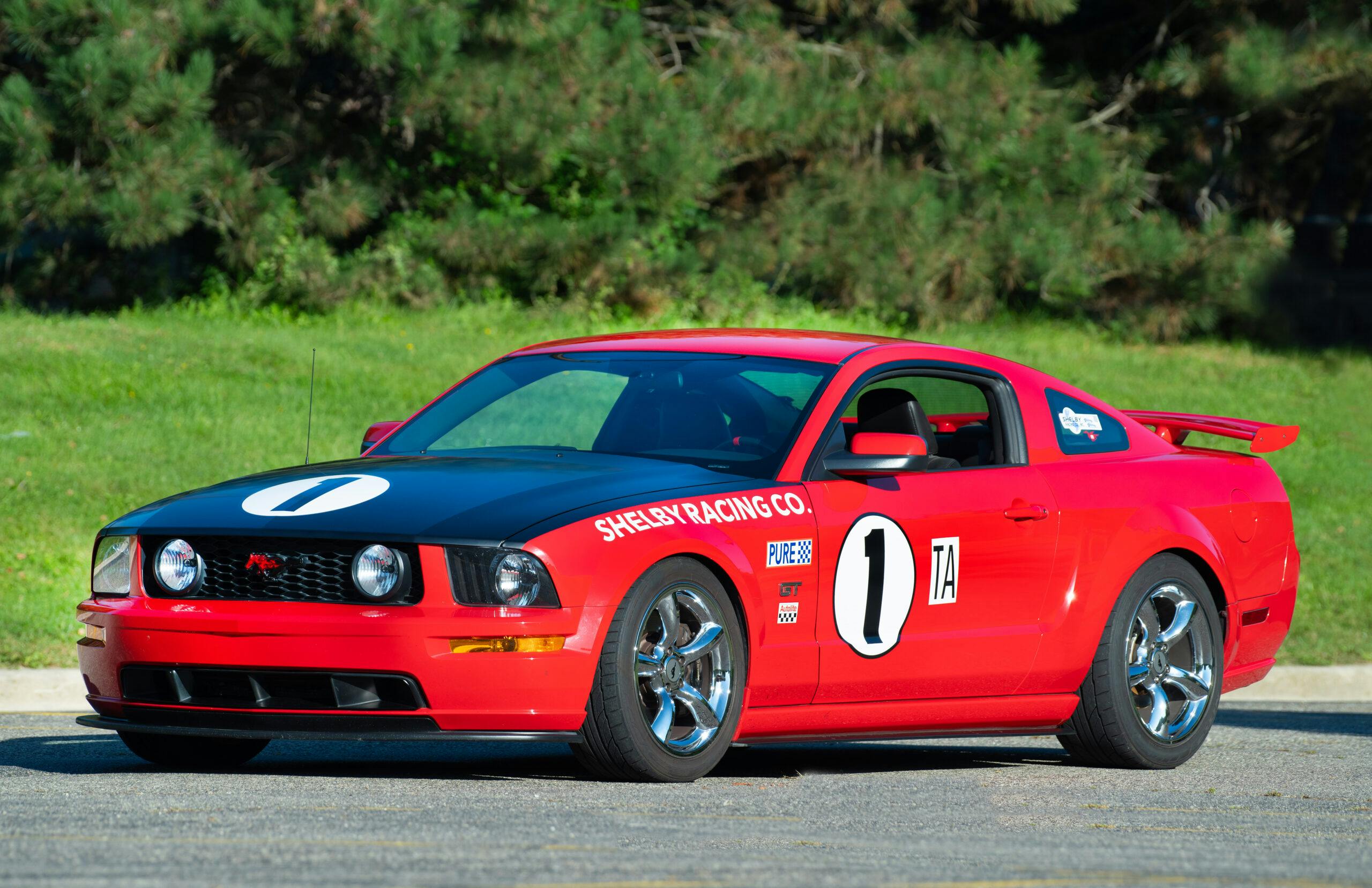
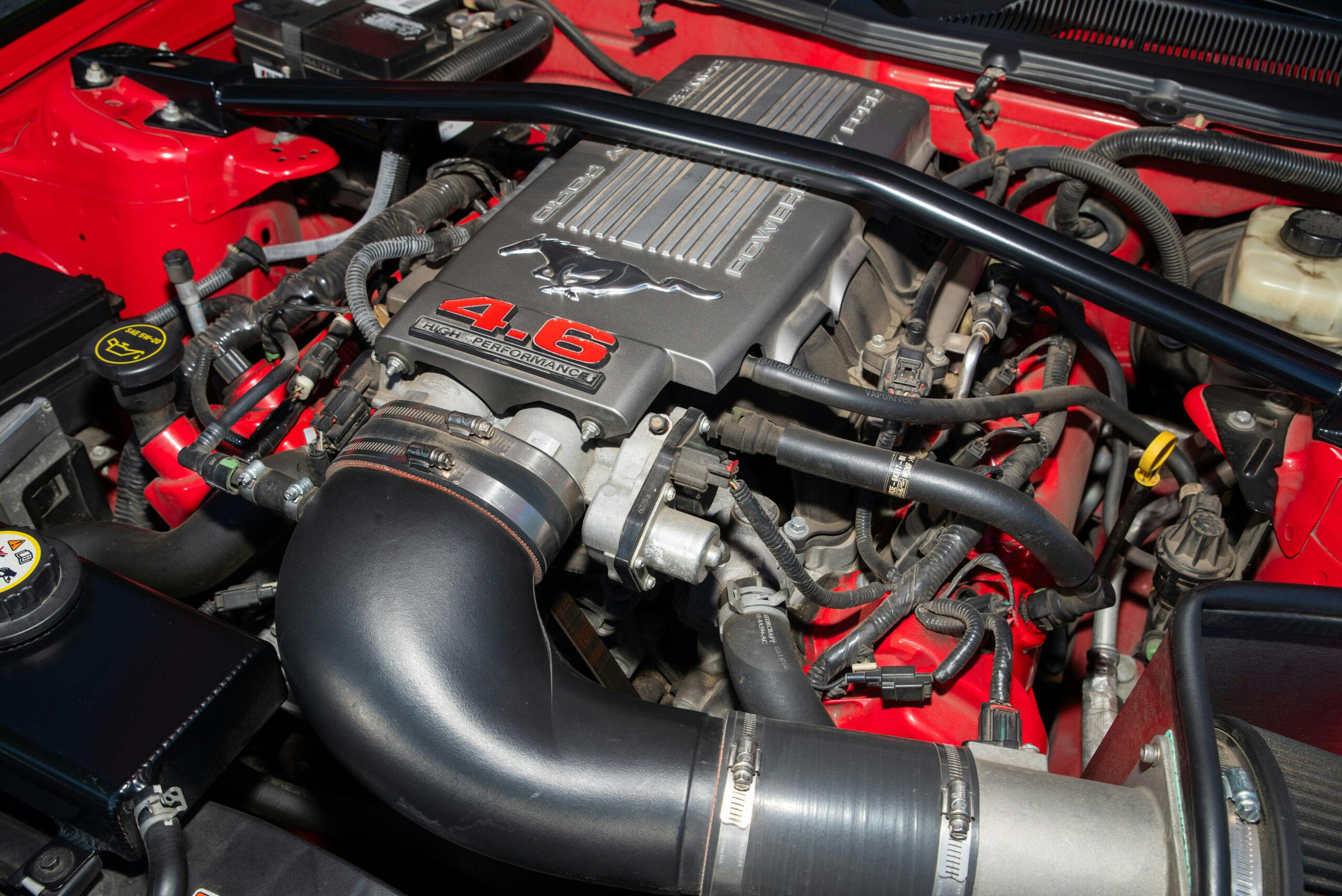
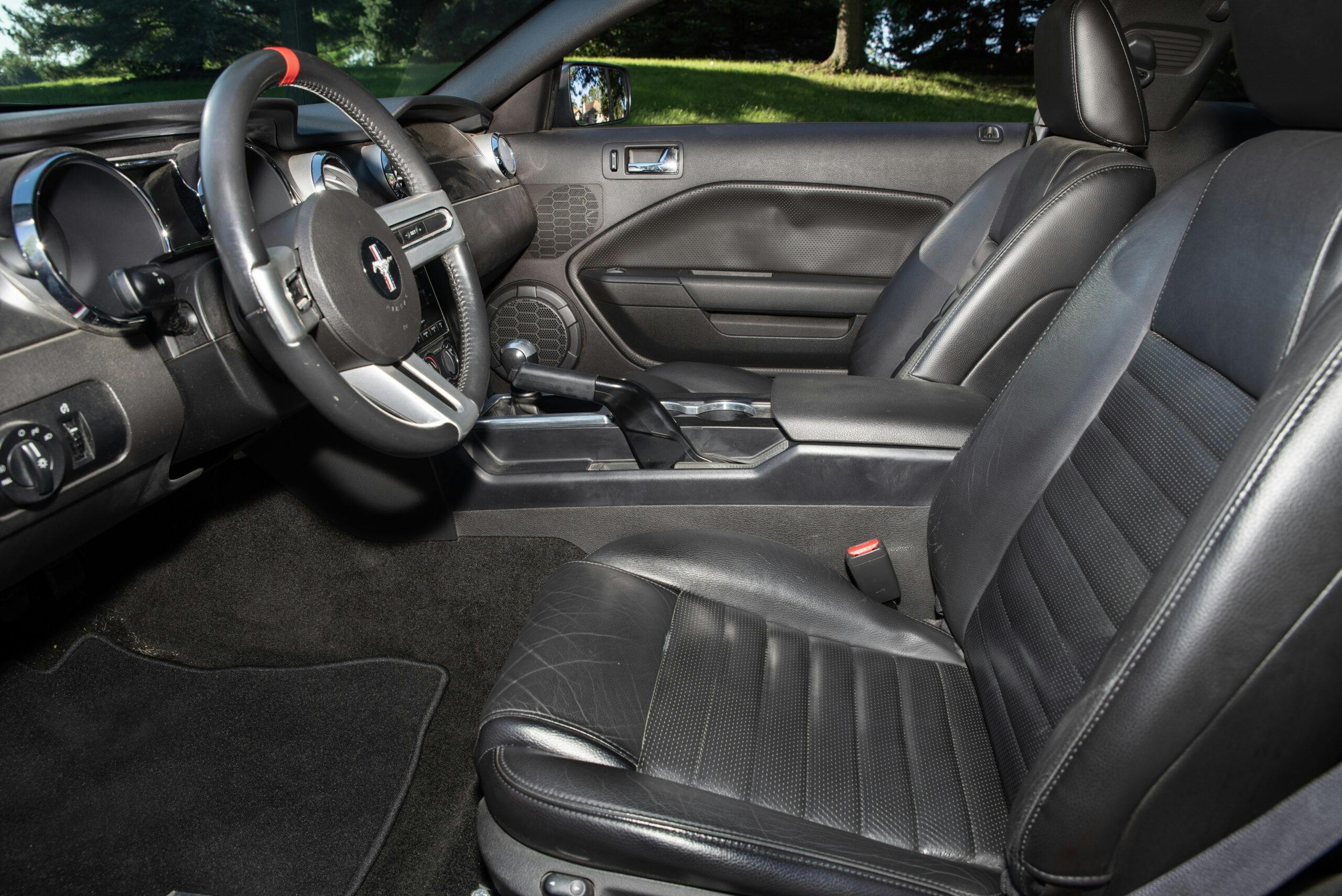


6S819 looking for my
Shelby GT 350H i had in high school
Just checking to see if it is around
Thanks Dan Heagy
If you and love classic cars never get married
Never get married anyway, just as the fun begins she throws a blanket on it. Committed single guy here. BTW…not all women are the devil….lol.
What a great story!
So sad to see the old car had to go in a divorce. The new car looks nicely prepped for racing.
I too had to sell mine to help pay for the divorce, bummer
? So, where’s that ’68 Shelby Stang TA now, + are they still married? Whoever can afford it now, their wife probly won’t leave them. — ps — `also made some mistakes, too, back in MA + CT – (stupidly) selling several less-historic but similar street cars – a beautiful Brit racing green ’66 Mustant GT conv 289, and 3 blue GT500’s (ouch), – including a mint ’68 KR, a ’68 with a wornout 390 (got 6 mpg, <100mi/tank, + sold to a local police chief's son), and a well-beaten daily driver original Eleanor '67 GT500 (its 428 c 2-4V Holleys fit so tight `had to cold-chisel holes in the fender walls just to change the plugs, and to quote the Cambridge cops "we don't drive like that in Harvard Sq"). Also, failed to buy several other GT500s, and worst of all – passed on a nearly new '65 GT350 setup to drag by the original owner (only to refer the car to the president of the regional Vett club, who quickly bought it). All went for less tha $2500 each, back in the early 70's. Also, lusted after a brand new ~66-67 GT40 at Wilmington Ford, just like Jay Leno, and then failed to buy a '05 Ford GT when they first came out and were so pretty that one was put on display in a Harvard museum like fine modern art. Been a while – but each + every car is still sorely missed, even today – just like an old flame. – and how bout you… Keep on driving. cheers / sn
Clearly the ex was not a good person. I can see how the whole divorce thing happened.
Commercial pilots can have heart surgery and regain their class 1 physicals to fly again. That needs to be reviewed by the organizations to join the times.